In order to overcome traffic congestion and accidents, Ho Chi Minh City has deployed many models of applying modern technology to the urban traffic management system, including the application of artificial intelligence (AI).
Reducing Traffic Congestion with AI
According to the Ho Chi Minh City Urban Traffic Management Center (Ho Chi Minh City Department of Construction), the city currently has nearly 100 sensors measuring traffic flow installed on major avenues such as Vo Van Kiet, Mai Chi Tho, Pham Van Dong... Data from the sensors is processed by new generation AI with the ability to calculate up to 100,000 billion calculations per second to analyze vehicle density by time frame, predicting congestion points. On that basis, the center can set up accurate traffic light systems and scenarios according to the actual situation, scientifically and reasonably. The data is transmitted directly to the Ho Chi Minh City Traffic Police command center so that this agency can adjust traffic lights remotely, instead of having to adjust directly at the traffic control cabinets.
According to the Ho Chi Minh City Urban Traffic Management Center, in the first 3 months of 2025, the AI-based sensor measuring system put into operation has contributed to reducing traffic congestion in the above areas, especially during rush hours.
Not only applying AI in traffic management, Ho Chi Minh City also applies this technology in education, raising awareness and changing the behavior of traffic participants. One of the typical projects is Route2School Education - an online smart traffic safety education system deployed by the Institute of Smart Cities and Management (ISCM) - Ho Chi Minh City University of Economics in collaboration with the Institute of Transport Research - Hasselt University (Belgium) in 2019.
According to Associate Professor, Dr. Trinh Tu Anh, Director of ISCM, the Route2School Education platform integrates "gamification" elements, helping students proactively learn traffic laws, practice observation skills and handle situations through real images and videos . In addition, with virtual reality technology, students will be able to cycle and interact with simulated traffic situations from reality, helping to form reflexes and skills. "With more than 600 students participating, the program has recorded many positive signals such as increasing the ability to identify risks, remember signs, and improve traffic handling skills for students, thereby contributing to minimizing unnecessary dangerous situations" - Ms. Tu Anh said.
Notably, many technology products serving smart traffic such as AI traffic cameras, autonomous vehicles... have been developed and tested. For example, with smart traffic cameras developed by Viettel High-Tech Industry Company, violations of red light signals, speeding, crossing solid lines, going against traffic, entering prohibited roads, entering emergency lanes... will be recorded and sent to the monitoring center when requested. In addition, the camera also has a security monitoring function, supporting the detection of wanted vehicles, theft, vehicles causing accidents...
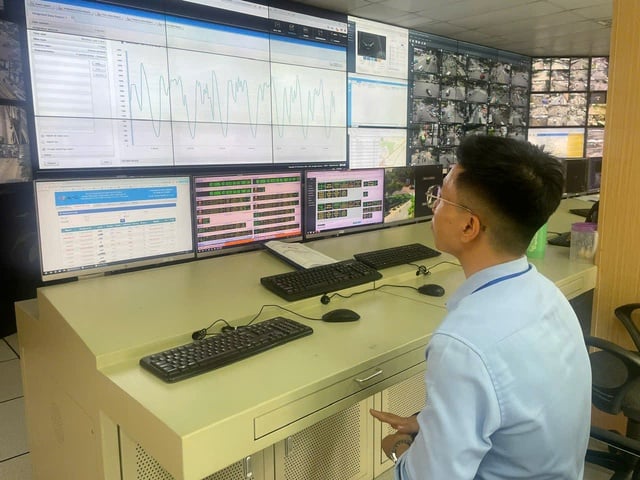
Staff monitor surveillance cameras at the Ho Chi Minh City Urban Traffic Control Center - Ho Chi Minh City Department of Construction. Photo: Thu Hong
To make traffic truly smarter
A representative of the Ho Chi Minh City Urban Traffic Management and Operation Center said that with the AI sensor system, the unit is continuing to research the optimization of traffic light cycles and network traffic management in some key areas such as the city center and Tan Son Nhat airport. In addition, in 2025, 200 traffic signal cabinets connected to the center will be replaced; 300 additional traffic measurement cameras will be added; 200 new AI cameras will be installed to monitor traffic and automatically detect incidents (accidents, congestion, traffic violations).
According to experts, the application of AI to the transportation system not only improves operational efficiency but also opens up a new approach to modern urban planning and management thinking, meeting the requirements of the project "Building Ho Chi Minh City into a smart city". However, it is necessary to focus on building a large enough, diverse and continuously updated input data system to promote the ability of AI tools in analyzing, predicting and coordinating in complex urban environments.
Mr. Lu Vincent The Hung - founder and CEO of EduX Global Institute Joint Stock Company - pointed out that the current camera system mainly records traffic flow in real time, not enough to make accurate forecasts due to lack of user behavior data. He also cited some countries such as Korea, the US, Australia, Canada... that have used map applications in some major events with tens of thousands of participants - for example, sporting events, to not only serve the people but also support traffic coordination agencies. Through the data collected when people access the map application, the system can accurately predict the traffic flow about to pour into an area and proactively divert traffic early. Or technology car companies also take advantage of AI maps to optimize routes and distribute drivers by area.
"Without user information as input data, AI is just an observation tool, not yet able to operate. Ho Chi Minh City and other large cities in Vietnam need to develop map applications or cooperate more deeply with large platforms such as Google Maps to collect and exploit user data. This data, when integrated into the AI system, will help build smart coordination scenarios, limit congestion and increase the ability to respond quickly to crowded events," Mr. Hung suggested.
Mr. Dinh Hoang Kien, founder of VedaX Technology Company, believes that only when AI is capable of identifying and classifying vehicles such as motorbikes, bicycles, taxis, etc. to support traffic coordination can it be called smart traffic. He suggested that management agencies pilot AI in traffic to shorten the time to put technology solutions into practice, improve management efficiency and enhance the quality of urban life.
Ho Chi Minh City can save 6 billion USD/year
According to one estimate, traffic congestion costs Ho Chi Minh City about $6 billion a year. If the congestion problem is effectively solved in Ho Chi Minh City and across the country, it will not only help improve the quality of urban life but also create an important driving force for economic growth in general.
Source: https://nld.com.vn/ung-dung-ai-vao-giao-thong-thong-minh-196250513214641803.htm


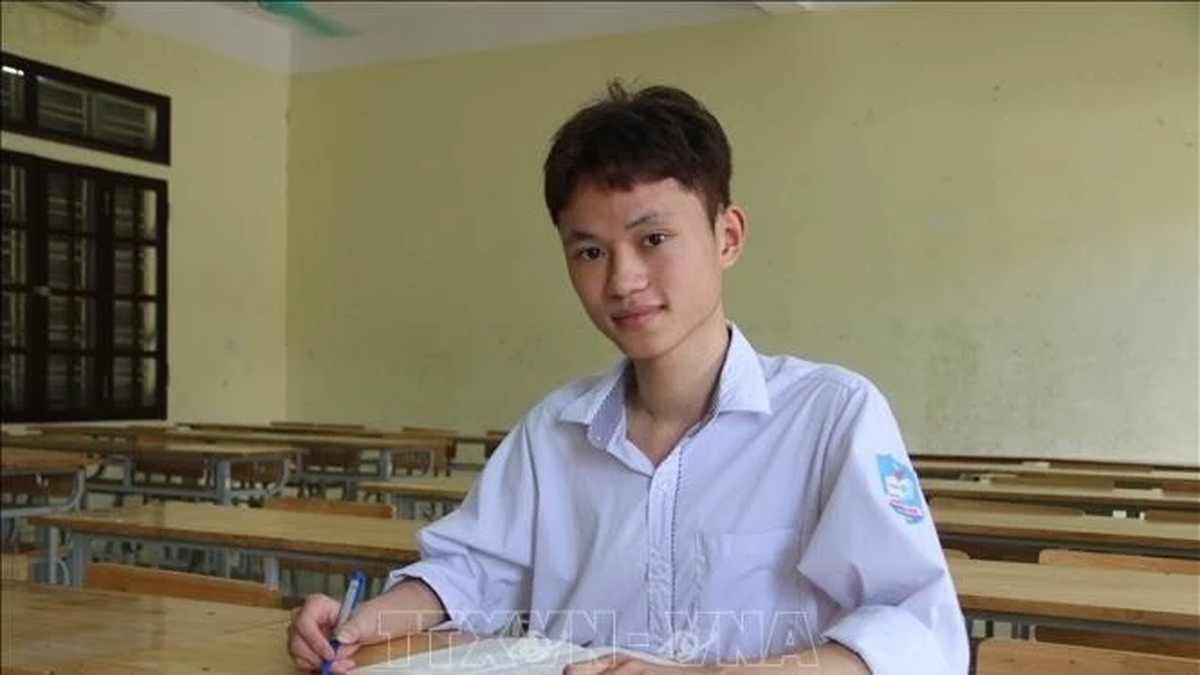

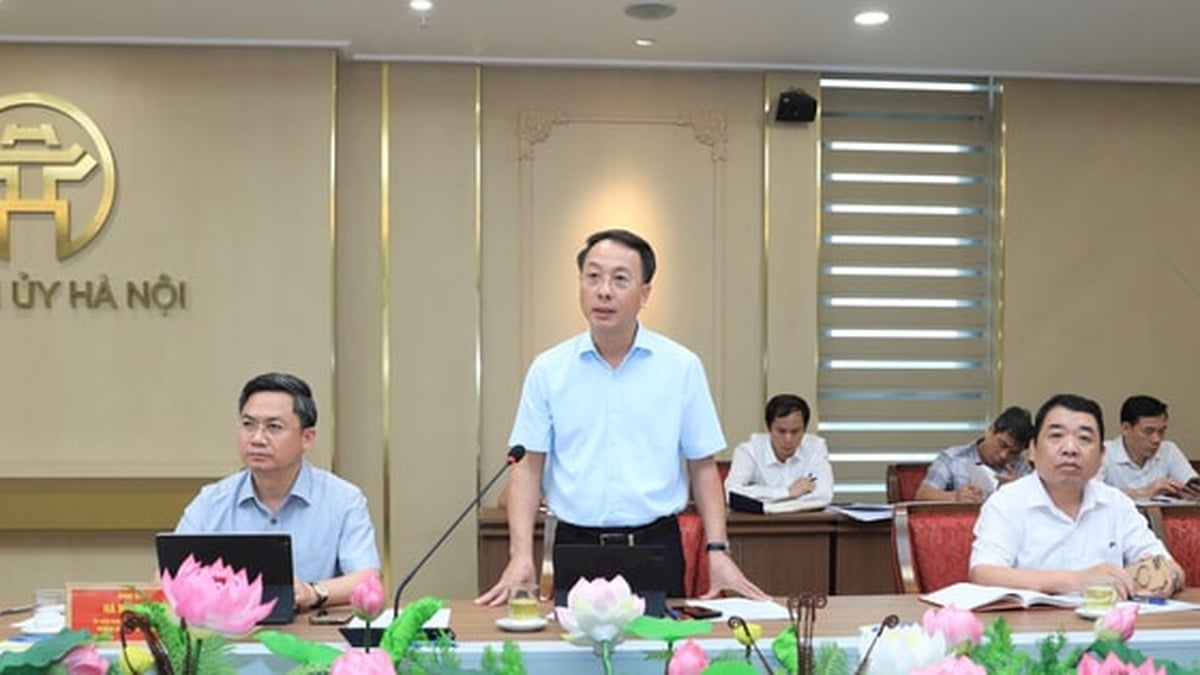
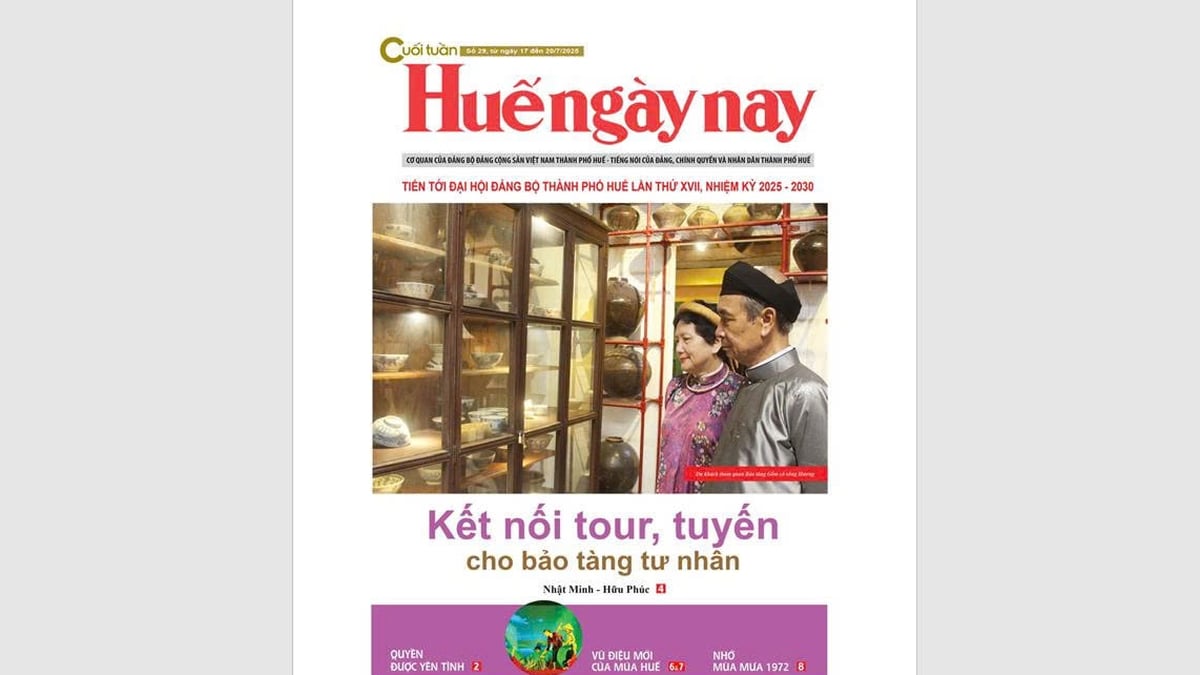
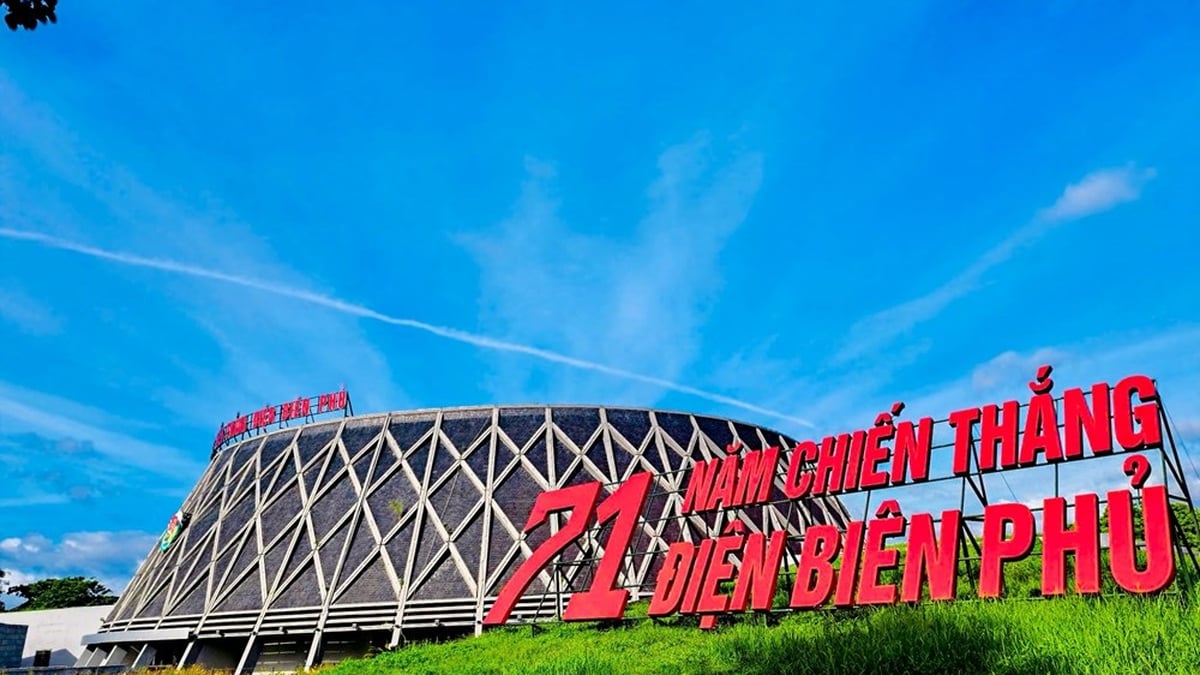
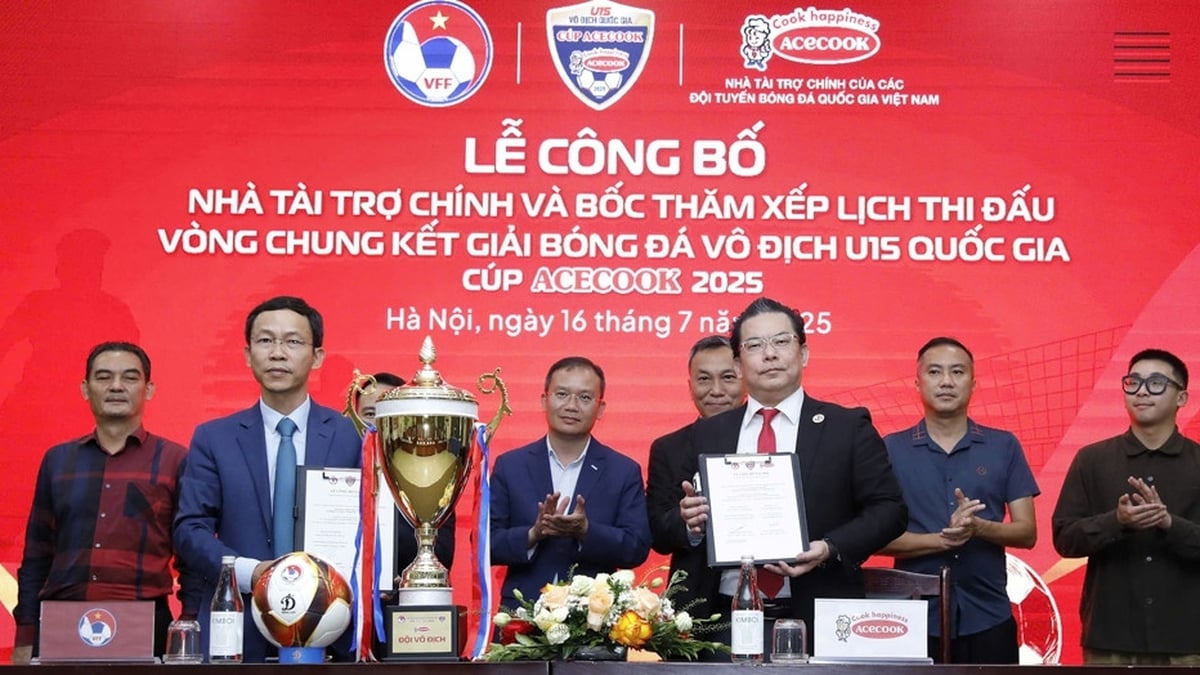
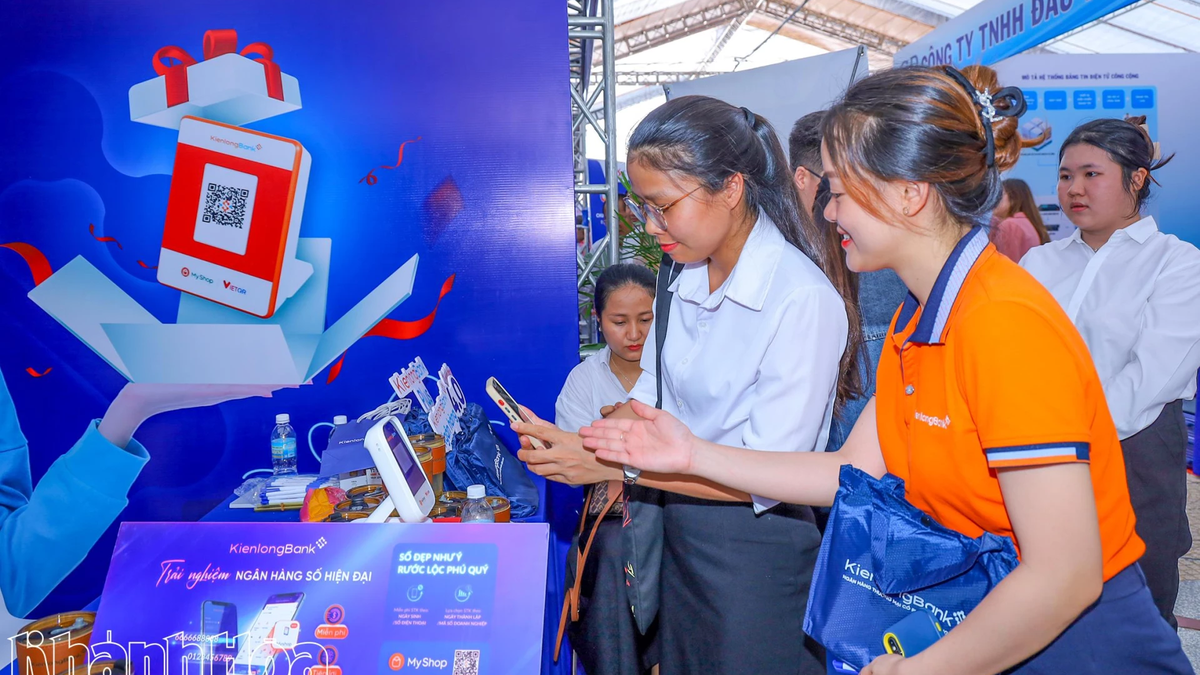
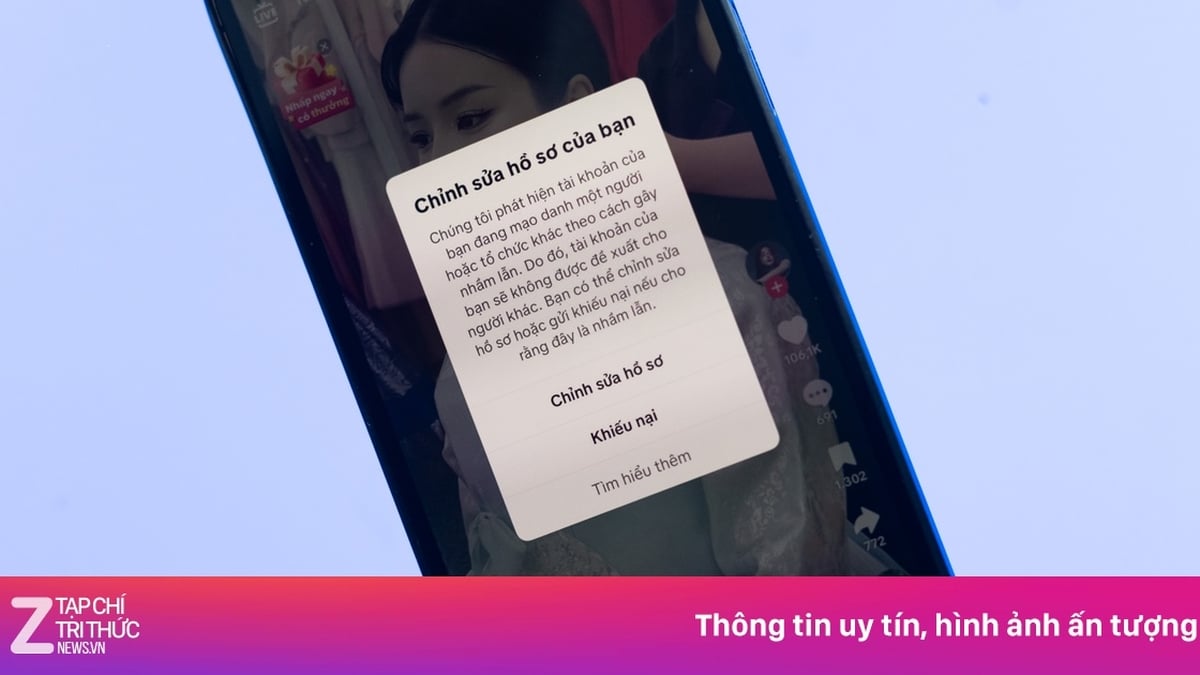

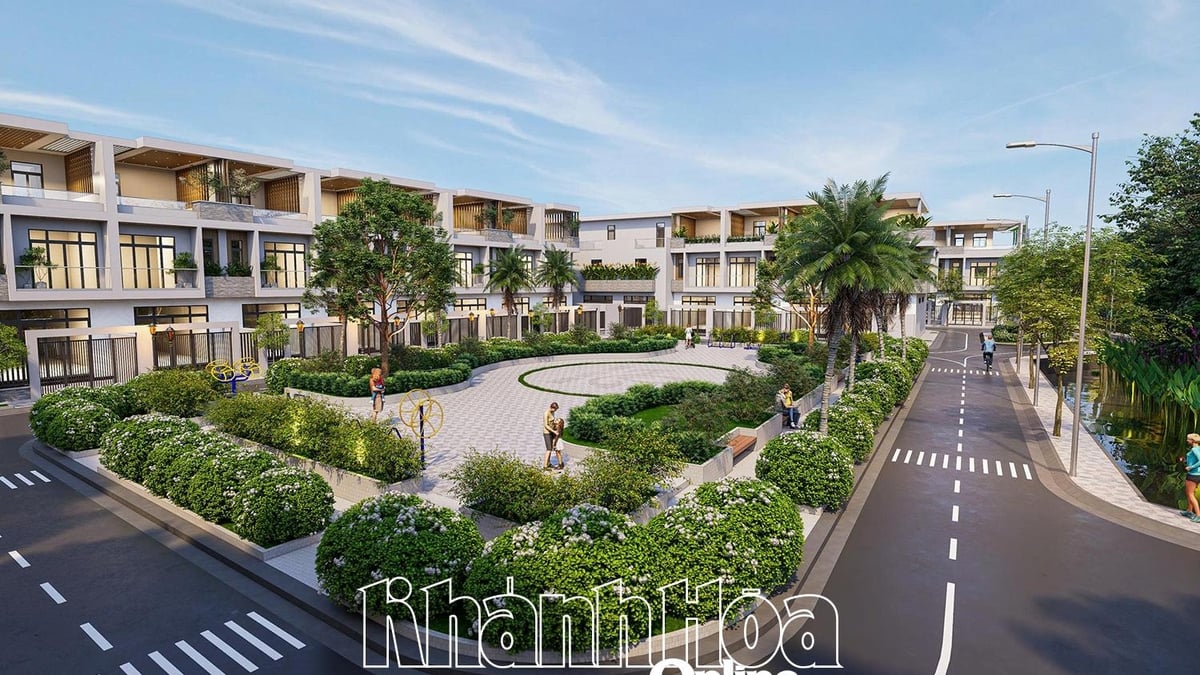








































![[Maritime News] More than 80% of global container shipping capacity is in the hands of MSC and major shipping alliances](https://vphoto.vietnam.vn/thumb/402x226/vietnam/resource/IMAGE/2025/7/16/6b4d586c984b4cbf8c5680352b9eaeb0)













































Comment (0)